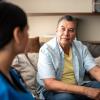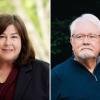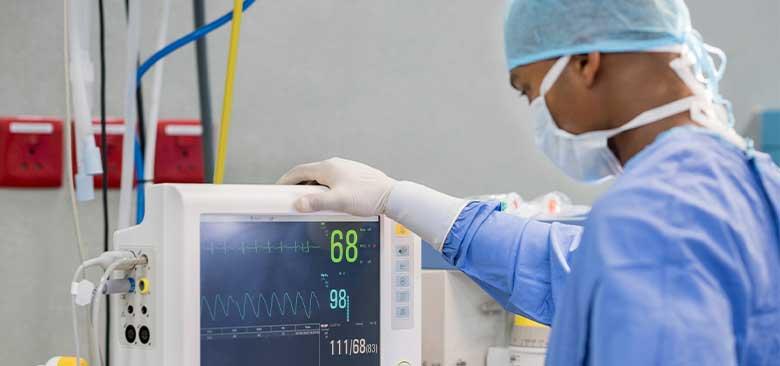
Researchers in the UCSF School of Nursing's Center for Physiological Research are analyzing vast amounts of data to help detect rare and potentially deadly arrhythmias. (Photo credit: iStock)
How Nurses Are Using Big Data and Genomics to Transform Patient Care
Researchers at the UCSF School of Nursing, relying on decades of experience at the bedside and in the laboratory, are leveraging big data and genomics to deliver improved care to millions of patients.
From detecting rare and deadly arrhythmias to decreasing the severity of symptoms for individuals with cancer, the School’s researchers are employing innovative techniques to discover effective treatments.
“This Is Something That Has Never Been Done Before”
Innovation is at the heart of the School’s Center for Physiological Research, which focuses on reducing false alarm rates in electrocardiogram (ECG) monitoring systems to improve the accuracy of patient monitoring in hospitals.
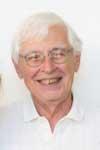 David Mortara Since its establishment in 2017 — thanks to a $25 million gift from David Mortara, a former professor at the University of Illinois and a renowned leader in ECG technology and innovation — the center has been creating a database, at the U.S. Food and Drug Administration’s request, that ECG monitoring companies could access to improve arrhythmia algorithms.
David Mortara Since its establishment in 2017 — thanks to a $25 million gift from David Mortara, a former professor at the University of Illinois and a renowned leader in ECG technology and innovation — the center has been creating a database, at the U.S. Food and Drug Administration’s request, that ECG monitoring companies could access to improve arrhythmia algorithms.
As part of this effort, Mortara created an algorithm to detect ventricular tachycardia (VT), a fast abnormal heart rate that can be deadly. He and center Director Fabio Badilini — a clinical professor at the School who also serves as president and chief scientist of AMPS (Analyzing Medical Parameters for Solutions), a quantitative ECG analysis company — processed 20 months of data from more than 6,300 patients in adult intensive care units (ICUs) at the UCSF Medical Center at Parnassus Heights.
Then, working off an online platform that Badilini created, associate professor Michele Pelter and fellow nurse scientists from the Universities of North Carolina, Pittsburgh and 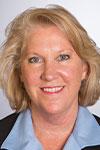 Michele Pelter Rochester examined each of the more than 25,500 VT alarms to determine if they were true or false events.
Michele Pelter Rochester examined each of the more than 25,500 VT alarms to determine if they were true or false events.
“Not only will we be able to use this for performance testing of future monitors, but we’ll start learning the significance of these arrhythmias,” Mortara said. “It’s a chance to learn what VT means as a prognosis.”
In turning to big data, the center’s work is a major contrast from current practice in which hospitals use algorithms for bedside monitoring that are validated from databases 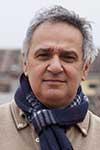 Fabio Badilini that contain just a few hours of data from a small sample of patients.
Fabio Badilini that contain just a few hours of data from a small sample of patients.
Through the center, “we are working with 20 months of data, involving more than 6,000 patients — that’s 100 patient years. This is something that has never been done before,” Badilini said.
In addition to the annotation effort, Pelter has launched a pilot study with nurses at UCSF Health examining the accuracy of QT intervals — the period when heart ventricles contract then relax — via bedside monitors and manual measurements. Funded by a UCSF clinical nurse research grant, the study will determine if there is more value to patients having the alarm activated — risking alarm fatigue for nurses — or continuing to take QT intervals manually.
“This is an opportunity to engage bedside nurses in research, but it’s also an important clinical question,” Pelter said.
Reducing Fatigue in Patients With Cancer
While the center’s team is relying on big data directly from patient monitors, other faculty are leveraging big data — multimillions of biomarkers — via genomics to advance research.
Assistant professor Kord Kober is examining cancer-related fatigue (CRF), a symptom that can be so debilitating that some cancer patients refuse further treatment.
“Our limited understanding of the mechanisms for CRF and the lack of a predictive model of CRF severity limits clinicians’ ability to identify high-risk patients and suggest therapeutic interventions,” Kober said.
Kober, along with an interdisciplinary team of UCSF researchers, is evaluating for these mechansisms and developing such a model. His project, funded by the National Cancer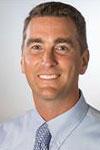 Kord Kober Institutes, examines multiple types of high throughput molecular data (i.e., genomic, transcriptomic, and epigenomic) to better understand the molecular activities that occur in patients who have varying degrees of CRF. That information — composed of millions of biomarkers per patient — coupled with hundreds of demographic and clinical variables, will be analyzed using machine learning and advanced computational techniques to construct a “prediction model” to calculate the severity of morning and evening fatigue.
Kord Kober Institutes, examines multiple types of high throughput molecular data (i.e., genomic, transcriptomic, and epigenomic) to better understand the molecular activities that occur in patients who have varying degrees of CRF. That information — composed of millions of biomarkers per patient — coupled with hundreds of demographic and clinical variables, will be analyzed using machine learning and advanced computational techniques to construct a “prediction model” to calculate the severity of morning and evening fatigue.
First, the researchers will examine for gene expression differences among patients experiencing both high and low levels of cancer-related fatigue. They then will evaluate the candidate genes and molecular pathways identified during the gene expression analysis for variations in genetic and epigenetic materials using a data-integrated multi-omics approach.
Information gleaned from those candidate genes and pathways that are associated with CRF severity across the multi-omics data could lead to therapeutic options for cancer-related fatigue, Kober said.
“We really need to pay attention to fatigue in the clinic,” Kober said. “There are four decades of research on it, but clinicians still face barriers in assessing and treating it.”
But progress is being made. Kober is part of a research team, which includes School of Nursing professor Christine Miaskowski and UCSF School of Medicine professors Anand Dhruva and Adam Olshen, that recently utilized machine learning techniques to predict evening fatigue severity in the week following chemotherapy from patient surveys. Their work demonstrated that long questionnaires to gauge fatigue may not be useful; as few as two questions may be sufficient.
Kober said the collaboration between researchers at the Schools of Nursing and Medicine, as well as from other universities, has played an integral role in their success.
“You need to have those relationships for the interdisciplinary nature of our work,” Kober said. “UCSF is a very special place for that type of collaboration, and it has helped get this research moving forward.”

